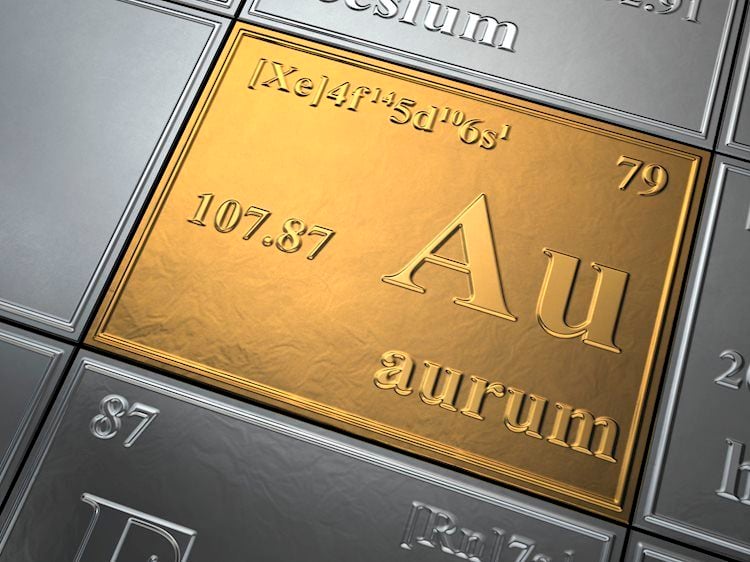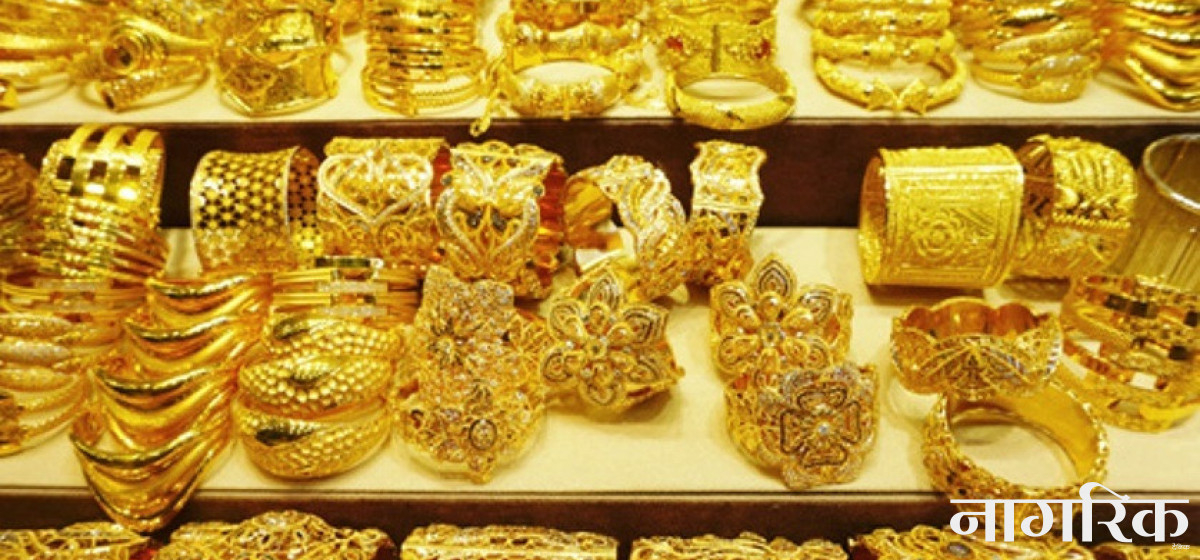Gold prices in Pakistan saw an increase on Monday, with the price for 24-carat Gold rising to 19,569.00 Pakistani Rupees (PKR) per gram, up from the previous price of PKR 19,566.03.
The price for 24-carat Gold also saw an increase per tola, rising to PKR 228,248.97 from PKR 228,214.37.
| Unit measure | Gold Price in PKR |
|---|---|
| 1 Gram | 19,569.00 |
| 10 Grams | 195,689.99 |
| Tola | 228,248.97 |
| Troy Ounce | 608,664.37 |
FXStreet calculates Gold prices in Pakistan based on international prices (XAU/USD) and local currency and measurement units. These prices are updated daily and are for reference purposes only.
Insight:
- The recent increase in Gold prices is attributed to rising bets for a June rate cut by the Federal Reserve, driven by the US unemployment rate reaching a two-year high.
- Factors such as wage inflation, geopolitical tensions, and expectations of global economic weakening also contribute to the upward trend in Gold prices.
- Investors are closely monitoring upcoming US consumer inflation figures for further indications of the Fed’s rate-cut path.
(An automation tool was used in creating this post.)
Gold FAQs
Gold has played a key role in human’s history as it has been widely used as a store of value and medium of exchange. Currently, apart from its shine and usage for jewelry, the precious metal is widely seen as a safe-haven asset, meaning that it is considered a good investment during turbulent times. Gold is also widely seen as a hedge against inflation and against depreciating currencies as it doesn’t rely on any specific issuer or government.
Central banks are the biggest Gold holders. In their aim to support their currencies in turbulent times, central banks tend to diversify their reserves and buy Gold to improve the perceived strength of the economy and the currency. High Gold reserves can be a source of trust for a country’s solvency. Central banks added 1,136 tonnes of Gold worth around $70 billion to their reserves in 2022, according to data from the World Gold Council. This is the highest yearly purchase since records began. Central banks from emerging economies such as China, India and Turkey are quickly increasing their Gold reserves.
Gold has an inverse correlation with the US Dollar and US Treasuries, which are both major reserve and safe-haven assets. When the Dollar depreciates, Gold tends to rise, enabling investors and central banks to diversify their assets in turbulent times. Gold is also inversely correlated with risk assets. A rally in the stock market tends to weaken Gold price, while sell-offs in riskier markets tend to favor the precious metal.
The price can move due to a wide range of factors. Geopolitical instability or fears of a deep recession can quickly make Gold price escalate due to its safe-haven status. As a yield-less asset, Gold tends to rise with lower interest rates, while higher cost of money usually weighs down on the yellow metal. Still, most moves depend on how the US Dollar (USD) behaves as the asset is priced in dollars (XAU/USD). A strong Dollar tends to keep the price of Gold controlled, whereas a weaker Dollar is likely to push Gold prices up.









